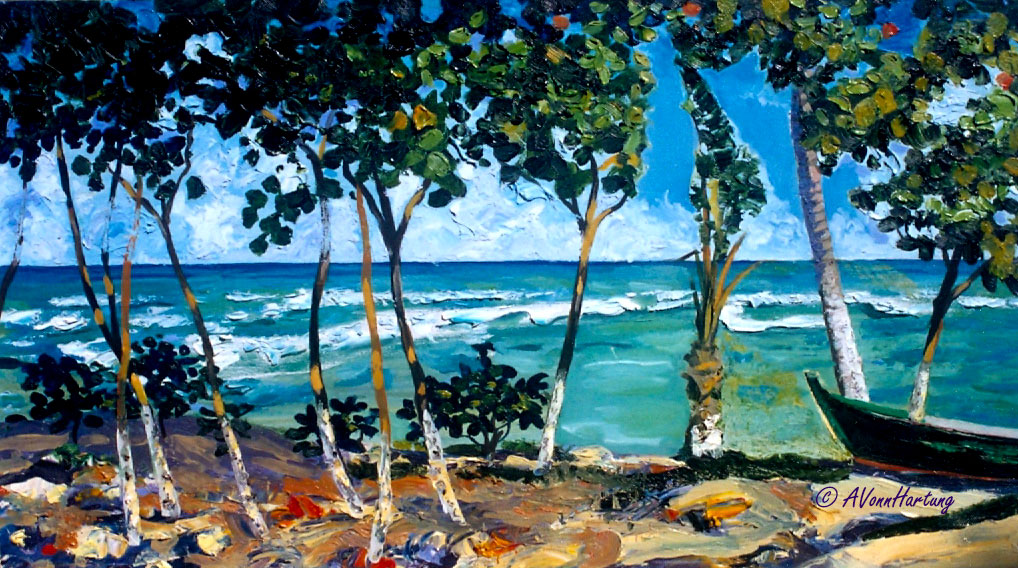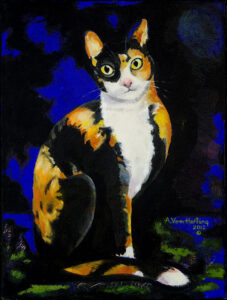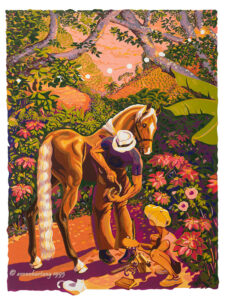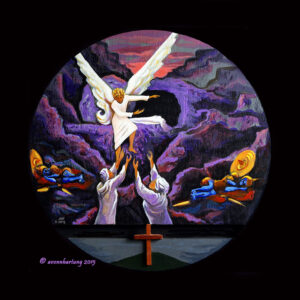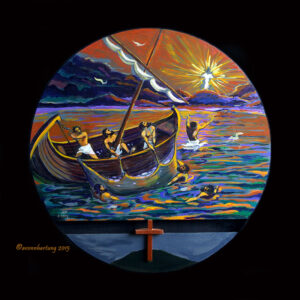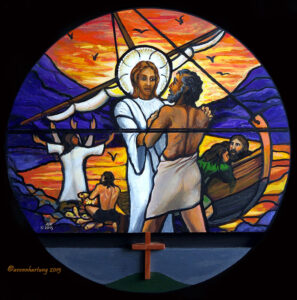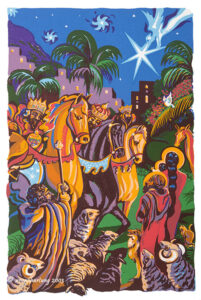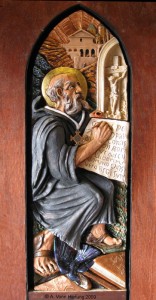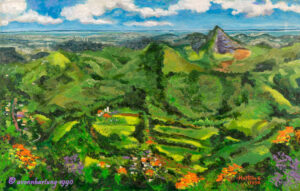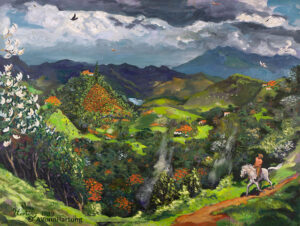The Mystical Cat — an original acrylic painting by A.Vonn Hartung
The Cat has always evoked a mystical feeling in me. She holds secrets of the night, as the Moon reflects the light of the sun. Both the moon and the cat have always given me a sense of wonder as they reflect something more powerful than themselves, something we are not able to see.
An encounter with a Cat, her actions, her pause, her peace; there is a depth of mystery, that which lies behind the eyes that captivate his prey and sometimes his observer.
There is something in that stillness that makes me aware of what I do not know and importantly, inspires that fabled “curiosity” that others wiser than me have observed; an inspiration to learn—who we are and what propels us towards our destiny.
Buy a giclee print of this painting
El gato mistico— una pintura acrílica original de A.Vonn Hartung
El Gato siempre me ha evocado un sentimiento místico. Ella guarda secretos de la noche, ya que la Luna refleja la luz del sol. Tanto la luna como el gato siempre me han dado una sensación de asombro, ya que reflejan algo más poderoso que ellos mismos, algo que no podemos ver.
Un encuentro con un gato, sus acciones, su pausa, su paz; hay una profundidad de misterio, eso que se esconde detrás de los ojos que cautivan a su presa y, a veces, a su observador.
Hay algo en esa quietud que me hace consciente de lo que no sé y, lo que es más importante, inspira esa legendaria “curiosidad” que otros más sabios que yo han observado; una inspiración para aprender quiénes somos y qué nos impulsa hacia nuestro destino.
